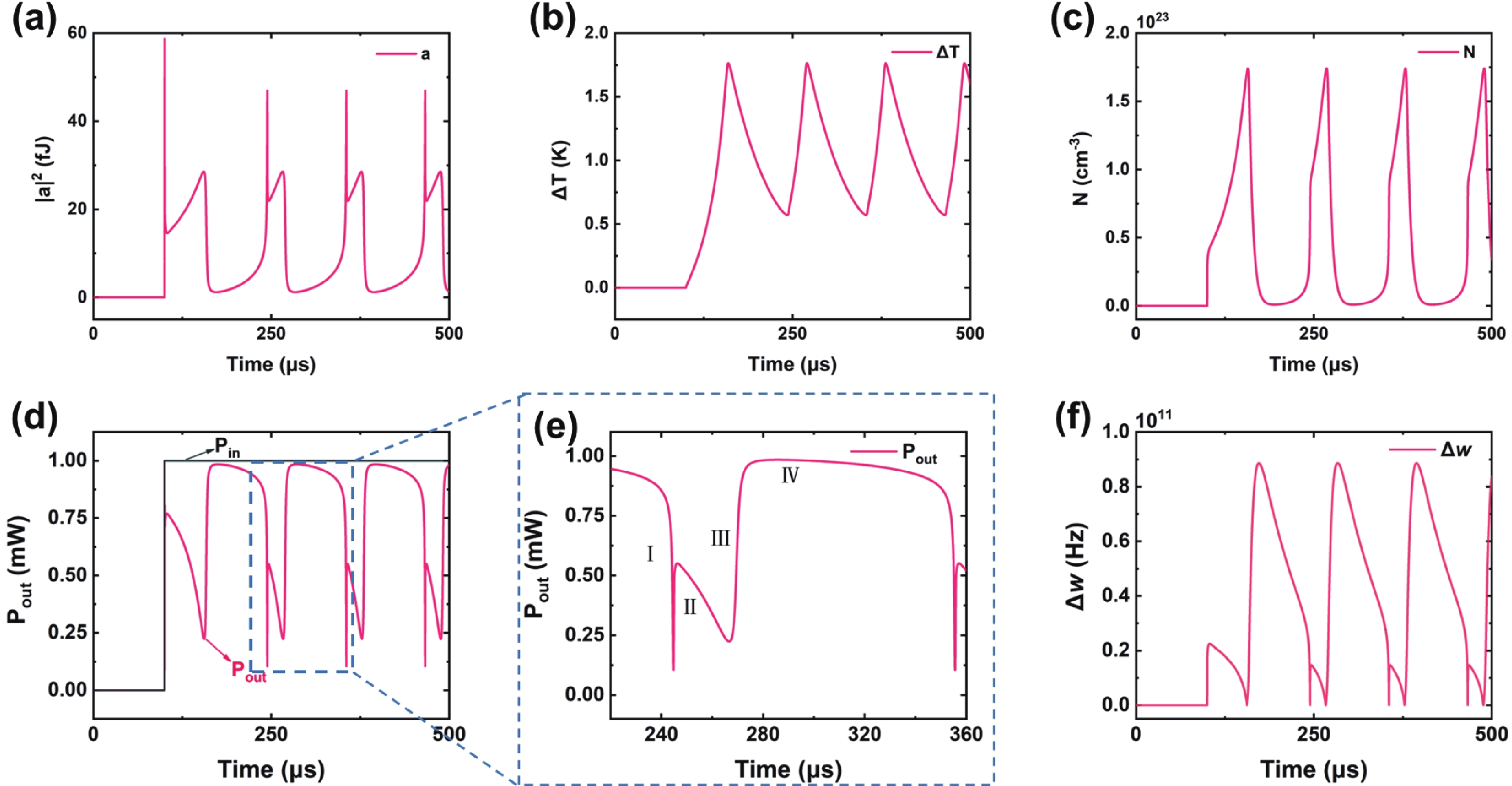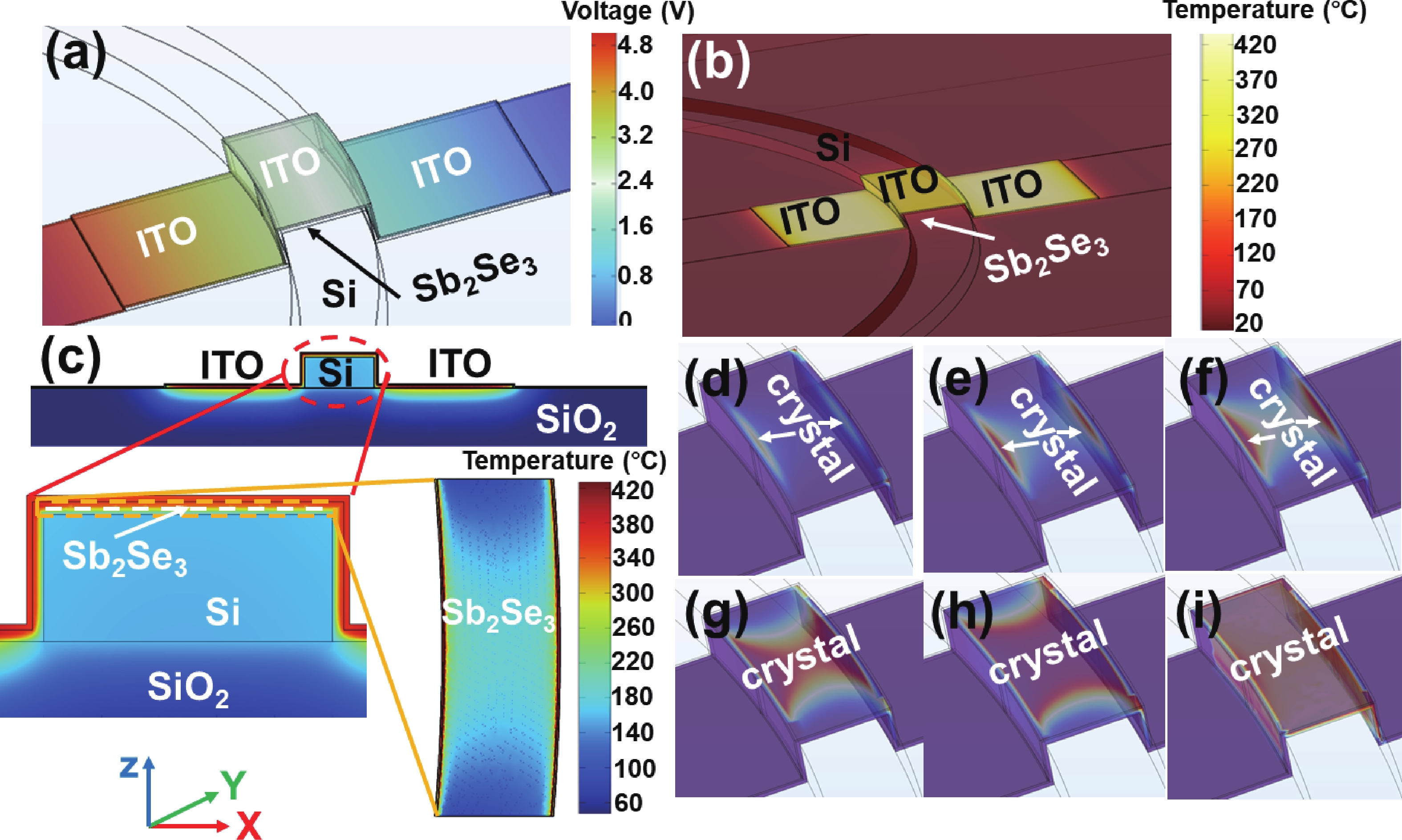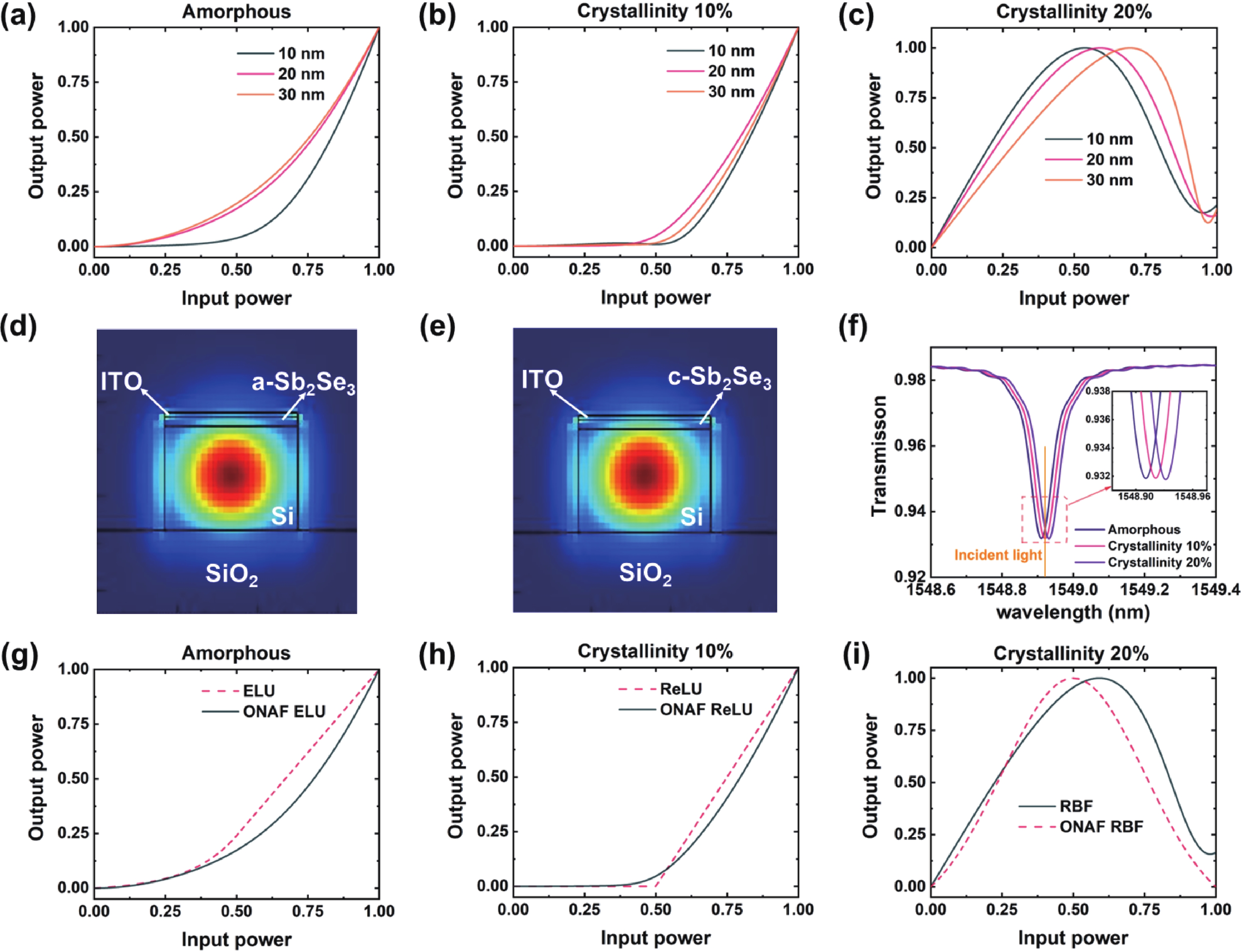| Citation: |
Jiyuan Jiang, Bingxin Ding, Shiyu Li, Xin Zhang, Haihua Wang, Jie Wu, Xiaoyan Liu, Zhou Wang, Xiaojuan Lian, Wen Huang, Lei Wang. All-optical nonlinear activation functions realized on phase-change photonic integrated circuits with microheaters[J]. Journal of Semiconductors, 2025, 46(2): 022405. doi: 10.1088/1674-4926/24090045
****
J Y Jiang, B X Ding, S Y Li, X Zhang, H H Wang, J Wu, X Y Liu, Z Wang, X J Lian, W Huang, and L Wang, All-optical nonlinear activation functions realized on phase-change photonic integrated circuits with microheaters[J]. J. Semicond., 2025, 46(2), 022405 doi: 10.1088/1674-4926/24090045
|
All-optical nonlinear activation functions realized on phase-change photonic integrated circuits with microheaters
DOI: 10.1088/1674-4926/24090045
CSTR: 32376.14.1674-4926.24090045
More Information-
Abstract
Photonic neural networks have garnered significant attention in recent years due to their ultra-high computational speed, broad bandwidth, and parallel processing capabilities. However, compared to conventional electronic nonlinear activation function (NAF), progress on efficient and easily implementable optical nonlinear activation function (ONAF) was barely reported. To address this issue, we proposed a programmable, low-loss ONAF device based on a silicon micro-ring resonator capped with the Antimony selenide (Sb2Se3) thin films, and with indium tin oxide (ITO) used as the microheater. Leveraging our self-developed phase-transformation kinetic and optical models, we successfully simulated the phase-transition behavior of Sb2Se3 and three different ONAFs—ELU, ReLU, and radial basis function (RBF) were achieved according to discernible optical responses of proposed devices under different phase-change extents. Classification results from the Fashion MNIST dataset demonstrated that these ONAFs can be considered as appropriate substitutes for traditional NAF. This indicated the bright prospect of the proposed device for nonlinear activation function in future photonic neural networks.-
Keywords:
- ONAF,
- Sb2Se3,
- microheater,
- photonic neural networks
-
References
[1] Ikotun A M, Ezugwu A E, Abualigah L, et al. K-means clustering algorithms: A comprehensive review, variants analysis, and advances in the era of big data. Inf Sci, 2023, 622, 178 doi: 10.1016/j.ins.2022.11.139[2] Liu L K, Lu S D, Zhong R, et al. Computing systems for autonomous driving: State of the art and challenges. IEEE Internet Things J, 2021, 8, 6469 doi: 10.1109/JIOT.2020.3043716[3] Mohammed Sadeeq M, Abdulkareem N M, Zeebaree S R M, et al. IoT and cloud computing issues, challenges and opportunities: A review. Qubahan Acad J, 2021, 1, 1 doi: 10.48161/qaj.v1n2a36[4] Arikpo I I, Ogban F U, Eteng I E. Von Neumann architecture and modern computers. Glo Jnl Math Scie, 2008, 6, 97[5] Theis T N, Wong H S P. The end of Moore’s law: A new beginning for information technology. Comput Sci Eng, 2017, 19, 41 doi: 10.1109/MCSE.2017.29[6] Bengio Y, LeCun Y, Hinton G. Deep learning for AI. Commun ACM, 2021, 64, 58 doi: 10.1145/3448250[7] Shastri B J, Tait A N, Ferreira de Lima T, et al. Photonics for artificial intelligence and neuromorphic computing. Nat Photonics, 2021, 15, 102 doi: 10.1038/s41566-020-00754-y[8] LeCun Y, Bengio Y, Hinton G. Deep learning. Nature, 2015, 521, 436 doi: 10.1038/nature14539[9] Janiesch C, Zschech P, Heinrich K. Machine learning and deep learning. Electron Mark, 2021, 31, 685 doi: 10.1007/s12525-021-00475-2[10] Wetzstein G, Ozcan A, Gigan S, et al. Inference in artificial intelligence with deep optics and photonics. Nature, 2020, 588, 39 doi: 10.1038/s41586-020-2973-6[11] Dong B W, Brückerhoff-Plückelmann F, Meyer L, et al. Partial coherence enhances parallelized photonic computing. Nature, 2024, 632, 55 doi: 10.1038/s41586-024-07590-y[12] Woods D, Naughton T J. Photonic neural networks. Nat Phys, 2012, 8, 257 doi: 10.1038/nphys2283[13] De Marinis L, Cococcioni M, Castoldi P, et al. Photonic neural networks: A survey. IEEE Access, 2019, 7, 175827 doi: 10.1109/ACCESS.2019.2957245[14] Parhi R, Nowak R D. The role of neural network activation functions. IEEE Signal Process Lett, 2020, 27, 1779 doi: 10.1109/LSP.2020.3027517[15] Sharma S, Sharma S, Athaiya A. Activation functions in neural networks. Towards Data Sci, 2017, 6, 310[16] Feldmann J, Youngblood N, Karpov M, et al. Parallel convolutional processing using an integrated photonic tensor core. Nature, 2021, 589, 52 doi: 10.1038/s41586-020-03070-1[17] Zhou W, Dong B W, Farmakidis N, et al. In-memory photonic dot-product engine with electrically programmable weight banks. Nat Commun, 2023, 14, 2887 doi: 10.1038/s41467-023-38473-x[18] Lian X J, Jiang J Y, Tao Z H, et al. Electrically programmable phase-change nanophotonic circuits designed for edge detection application. IEEE Electron Device Lett, 2024, 45, 1101 doi: 10.1109/LED.2024.3406131[19] Li C Y, Qian G D, Cui Y J. Metal–organic frameworks for nonlinear optics and lasing. Inf Funct Mater, 2024, 1, 125 doi: 10.1002/ifm2.17[20] Miscuglio M, Mehrabian A, Hu Z B, et al. All-optical nonlinear activation function for photonic neural networks. Opt Mater Express, 2018, 8, 3851 doi: 10.1364/OME.8.003851[21] Feldmann J, Youngblood N, Wright C D, et al. All-optical spiking neurosynaptic networks with self-learning capabilities. Nature, 2019, 569, 208 doi: 10.1038/s41586-019-1157-8[22] Jha A, Huang C R, Prucnal P R. Reconfigurable all-optical nonlinear activation functions for neuromorphic photonics. Opt Lett, 2020, 45, 4819 doi: 10.1364/OL.398234[23] Rasamoelina A D, Adjailia F, Sinčák P. A review of activation function for artificial neural network. 2020 IEEE 18th World Symposium on Applied Machine Intelligence and Informatics (SAMI), 2020, 281 doi: 10.1109/SAMI48414.2020.9108717[24] Banerjee C, Mukherjee T, Pasiliao E Jr. An empirical study on generalizations of the ReLU activation function. Proceedings of the 2019 ACM Southeast Conference, 2019, 164 doi: 10.1145/3299815.3314450[25] Huang G B, Siew C K. Extreme learning machine: RBF network case. ICARCV 2004 8th Control, Automation, Robotics and Vision Conference, 2004, 1029 doi: 10.1109/ICARCV.2004.1468985[26] Wuttig M, Bhaskaran H, Taubner T. Phase-change materials for non-volatile photonic applications. Nat Photonics, 2017, 11, 465 doi: 10.1038/nphoton.2017.126[27] Fu Z L, Wang Z, Bienstman P, et al. Programmable low-power consumption all-optical nonlinear activation functions using a micro-ring resonator with phase-change materials. Opt Express, 2022, 30, 44943 doi: 10.1364/OE.476110[28] Kim H J, Sohn J W, Hong N N, et al. PCM-net: A refractive index database of chalcogenide phase change materials for tunable nanophotonic device modelling. J Phys Photonics, 2021, 3, 024008 doi: 10.1088/2515-7647/abeb55[29] Delaney M, Zeimpekis I, Lawson D, et al. A new family of ultralow loss reversible phase-change materials for photonic integrated circuits: Sb2S3 and Sb2Se3. Adv Funct Mater, 2020, 30, 2002447 doi: 10.1002/adfm.202002447[30] Van Vaerenbergh T, Fiers M, Mechet P, et al. Cascadable excitability in microrings. Opt Express, 2012, 20, 20292 doi: 10.1364/OE.20.020292[31] Wang Z, Li Q, Fu Z L, et al. Threshold plasticity of hybrid Si-VO2 microring resonators. Optical Fiber Communication Conference (OFC), 2020, Th2A. 26[32] Lugnan A, García-Cuevas Carrillo S, Wright C D, et al. Rigorous dynamic model of a silicon ring resonator with phase change material for a neuromorphic node. Opt Express, 2022, 30, 25177 doi: 10.1364/OE.459364[33] Priem G, Dumon P, Bogaerts W, et al. Optical bistability and pulsating behaviour in silicon-on-insulator ring resonator structures. Opt Express, 2005, 13, 9623 doi: 10.1364/OPEX.13.009623[34] Barclay P, Srinivasan K, Painter O. Nonlinear response of silicon photonic crystal microresonators excited via an integrated waveguide and fiber taper. Opt Express, 2005, 13, 801 doi: 10.1364/OPEX.13.000801[35] Yang C J, Liang L, Qin L, et al. Advances in silicon-based, integrated tunable semiconductor lasers. Nanophotonics, 2023, 12, 197 doi: 10.1515/nanoph-2022-0699[36] Huang C R, Jha A, de Lima T F, et al. On-chip programmable nonlinear optical signal processor and its applications. IEEE J Sel Top Quantum Electron, 2021, 27, 6100211 doi: 10.1109/JSTQE.2020.2998073[37] Jha A, Huang C R, Peng H T, et al. Photonic spiking neural networks and graphene-on-silicon spiking neurons. J Light Technol, 2022, 40, 2901 doi: 10.1109/JLT.2022.3146157[38] Wu B, Li H K, Tong W Y, et al. Low-threshold all-optical nonlinear activation function based on a Ge/Si hybrid structure in a microring resonator. Opt Mater Express, 2022, 12, 970 doi: 10.1364/OME.447330 -
Proportional views





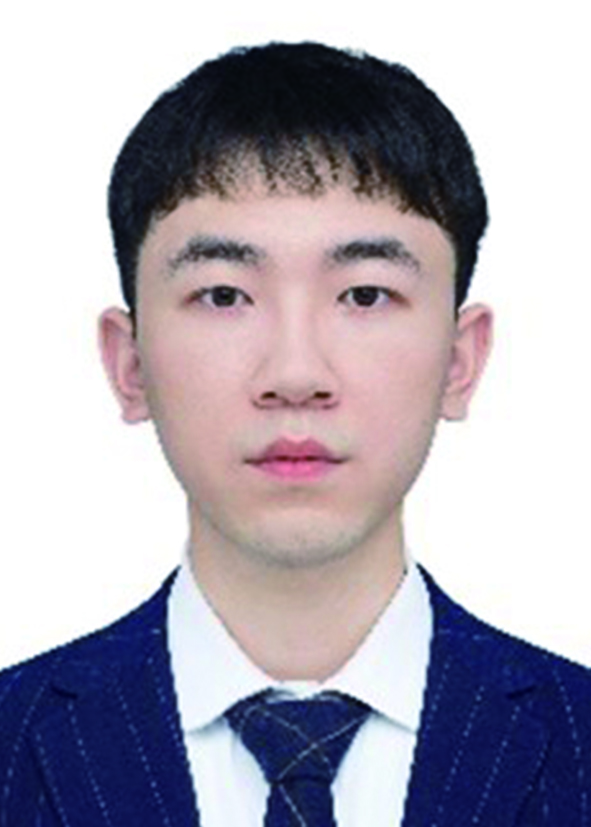 Jiyuan Jiang got BS from Wuhan Textile University in 2022. Now he is a MS student at Nanjing University of Posts and Telecommunications under the Prof. Xiaojuan Lian. His research focuses on neuromorphic computing based on non-volatile devices.
Jiyuan Jiang got BS from Wuhan Textile University in 2022. Now he is a MS student at Nanjing University of Posts and Telecommunications under the Prof. Xiaojuan Lian. His research focuses on neuromorphic computing based on non-volatile devices.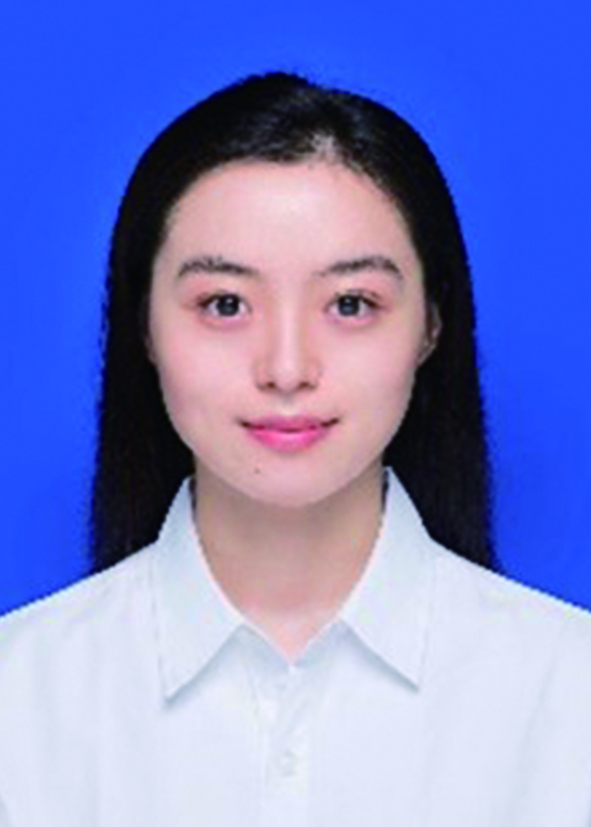 Bingxin Ding got BS from Yancheng Teachers University in 2021. Now she is a MS student at Nanjing University of Posts and Telecommunications under the Prof. Lei Wang. Her research focuses on the fabrication, mechanisms, and neuromorphic applications of novel MBene-Based Memristors.
Bingxin Ding got BS from Yancheng Teachers University in 2021. Now she is a MS student at Nanjing University of Posts and Telecommunications under the Prof. Lei Wang. Her research focuses on the fabrication, mechanisms, and neuromorphic applications of novel MBene-Based Memristors.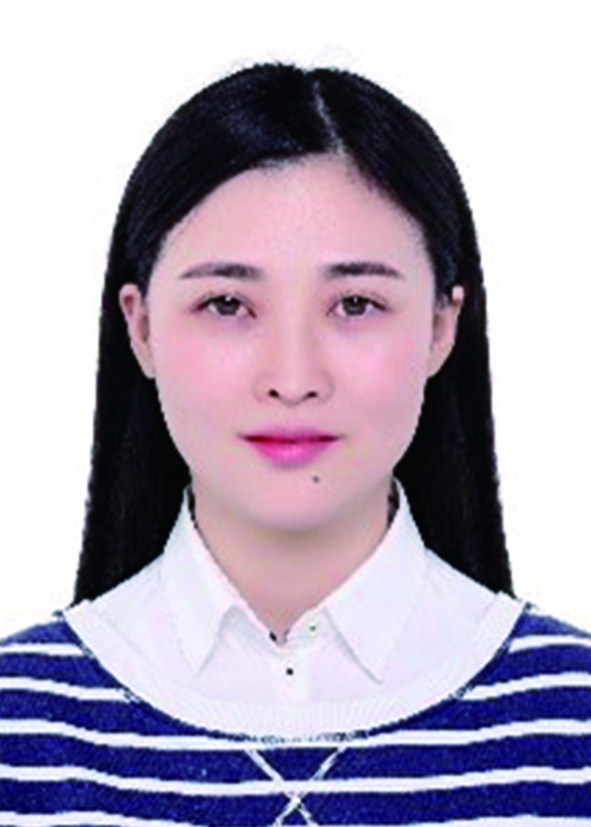 Xiaojuan Lian got her BS degree in electronic science and technology and the MS degree in physical electronics from Xidian University in 2008 and 2011 respectively. She received her PhD degree in electrical engineering from the Universitat Autònoma de Barcelona, Spain, in 2014. She is currently an associate professor at the College of Integrated Circuit Science and Engineering, Nanjing University of Posts and Telecommunications. Her research interests include memristive devices (RRAM, PCRAM and so on), information storage technology, and neuromorphic computing applications.
Xiaojuan Lian got her BS degree in electronic science and technology and the MS degree in physical electronics from Xidian University in 2008 and 2011 respectively. She received her PhD degree in electrical engineering from the Universitat Autònoma de Barcelona, Spain, in 2014. She is currently an associate professor at the College of Integrated Circuit Science and Engineering, Nanjing University of Posts and Telecommunications. Her research interests include memristive devices (RRAM, PCRAM and so on), information storage technology, and neuromorphic computing applications.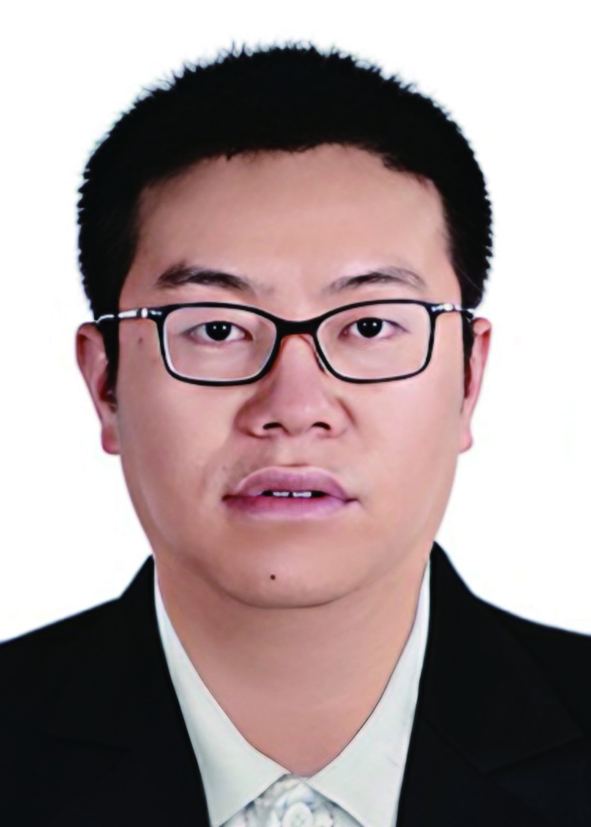 Wen Huang received his Ph.D. degree in the School of Physics and Astronomy at Uppsala University in 2017. He is now an associate professor in the School of Science at Nanjing University of Posts and Telecommunications. His current research interest is mainly centered on semiconductor based memristors and optoelectronic synaptic devices.
Wen Huang received his Ph.D. degree in the School of Physics and Astronomy at Uppsala University in 2017. He is now an associate professor in the School of Science at Nanjing University of Posts and Telecommunications. His current research interest is mainly centered on semiconductor based memristors and optoelectronic synaptic devices.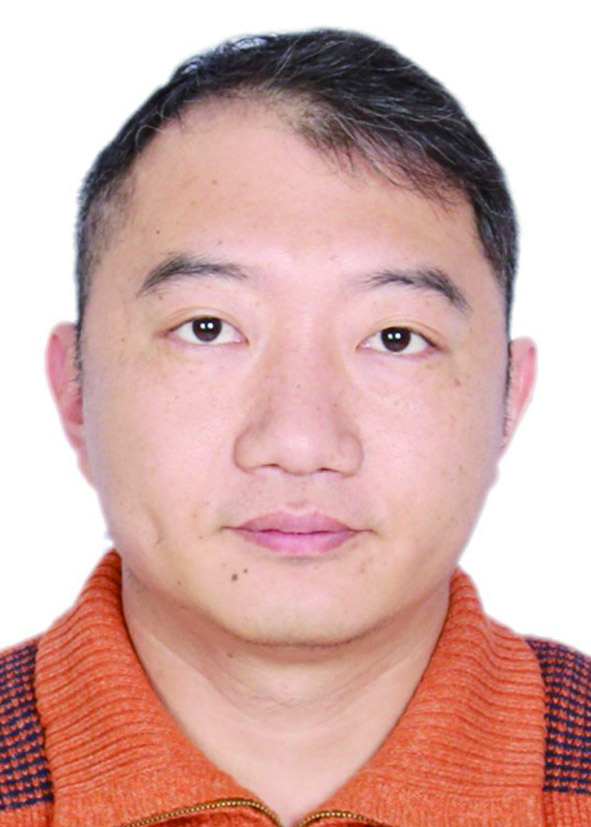 Lei Wang received the PhD degree in "Tbit/sq.in. scanning probe phase-change memory" from the University of Exeter, Exeter, U.K., in 2009. Between 2008 and 2011, he was employed as a Postdoctoral Research Fellow in the University of Exeter to work on a fellowship funded by European Commission. These works included the study of phase-change probe memory and phase-change memristor. Since 2020, he joined the Nanjing University of Posts and Telecommunications, Nanjing, P. R. China as a Professor, where he is engaged in the phase-change memories, phase-change neural networks, and other phase-change based optoelectronic devices and their potential applications.
Lei Wang received the PhD degree in "Tbit/sq.in. scanning probe phase-change memory" from the University of Exeter, Exeter, U.K., in 2009. Between 2008 and 2011, he was employed as a Postdoctoral Research Fellow in the University of Exeter to work on a fellowship funded by European Commission. These works included the study of phase-change probe memory and phase-change memristor. Since 2020, he joined the Nanjing University of Posts and Telecommunications, Nanjing, P. R. China as a Professor, where he is engaged in the phase-change memories, phase-change neural networks, and other phase-change based optoelectronic devices and their potential applications.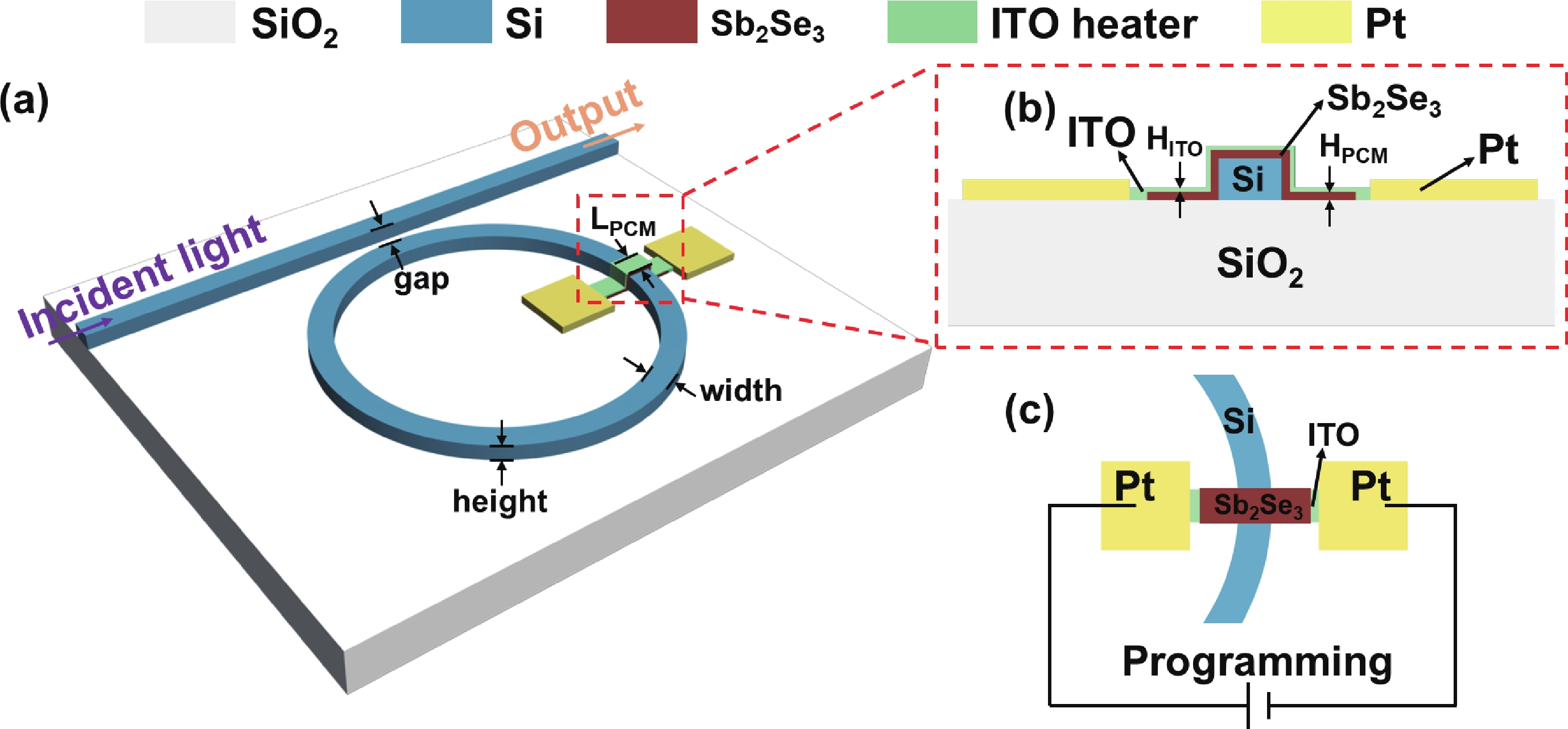
 DownLoad:
DownLoad:
